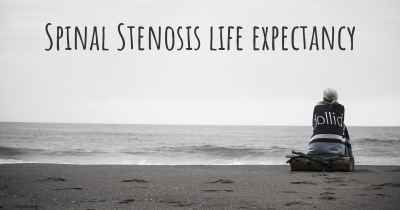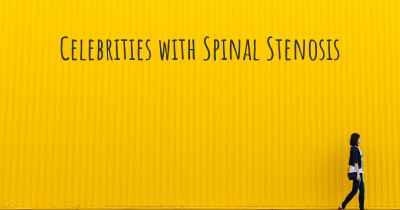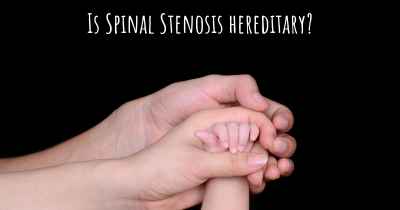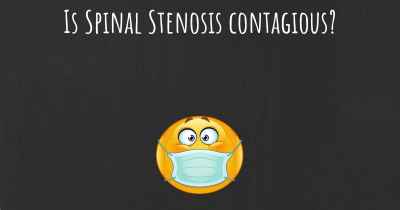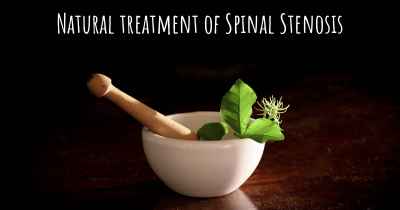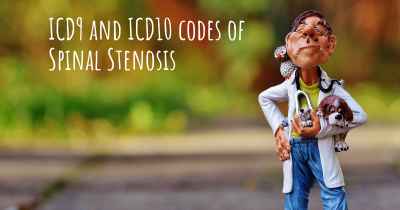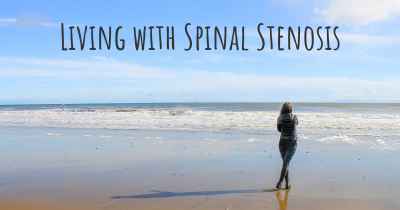What is the history of Spinal Stenosis?
When was Spinal Stenosis discovered? What is the story of this discovery? Was it coincidence or not?
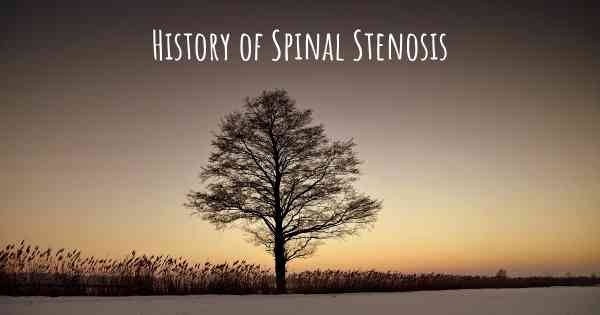
Spinal stenosis is a medical condition that affects the spinal canal, causing it to narrow and put pressure on the spinal cord and nerves. This condition can lead to various symptoms, including pain, numbness, and weakness in the affected areas of the body. Understanding the history of spinal stenosis helps shed light on the development of knowledge and treatment options for this condition.
The Early Years
The history of spinal stenosis dates back to ancient times, although it was not specifically identified as a distinct medical condition. Ancient Egyptian and Greek physicians described symptoms that could be associated with spinal stenosis, but the underlying cause remained unknown.
Advancements in Anatomy
It was not until the Renaissance period that significant advancements were made in the understanding of human anatomy. In the 16th century, anatomists such as Andreas Vesalius and Ambroise Paré made important contributions to the field. However, the specific knowledge about spinal stenosis was still limited.
Identification and Classification
In the 19th century, with the development of diagnostic tools like X-rays, physicians began to identify and classify spinal stenosis more accurately. French neurologist Jean-Martin Charcot made significant contributions to the understanding of spinal stenosis and its symptoms. He described the condition as "spinal arthropathy" and recognized its association with degenerative changes in the spine.
Advances in Surgical Techniques
During the 20th century, advancements in surgical techniques played a crucial role in the treatment of spinal stenosis. In the 1950s, laminectomy, a surgical procedure to remove the lamina (part of the vertebral arch), was introduced as a treatment option. This procedure aimed to relieve pressure on the spinal cord and nerves, providing relief to patients suffering from spinal stenosis.
Further Understanding of Pathology
As medical knowledge continued to expand, researchers delved deeper into the pathology of spinal stenosis. They discovered that the condition could be caused by various factors, including congenital abnormalities, degenerative changes, and spinal injuries. This understanding led to the development of more targeted treatment approaches.
Non-Surgical Treatment Options
In recent decades, non-surgical treatment options for spinal stenosis have gained prominence. Physical therapy, exercise programs, and pain management techniques have been shown to provide relief and improve the quality of life for many patients. These conservative approaches are often recommended as initial treatments before considering surgery.
Minimally Invasive Procedures
Advancements in medical technology have also led to the development of minimally invasive procedures for spinal stenosis. These procedures, such as minimally invasive laminectomy or decompression, aim to achieve similar results as traditional surgery but with smaller incisions, reduced tissue damage, and faster recovery times.
Ongoing Research and Future Directions
Research on spinal stenosis is ongoing, with scientists and medical professionals continually striving to improve diagnosis, treatment, and prevention strategies. The development of new imaging techniques, such as magnetic resonance imaging (MRI), has allowed for better visualization of the spinal canal and more accurate diagnosis of spinal stenosis.
In conclusion, the history of spinal stenosis spans centuries, with significant advancements made in understanding, diagnosing, and treating this condition. From ancient descriptions to modern surgical techniques and non-invasive approaches, medical knowledge has evolved, leading to improved outcomes for patients suffering from spinal stenosis.
